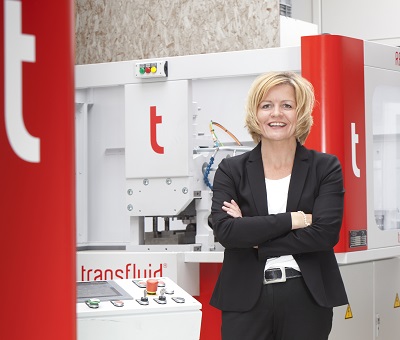
What does digitalisation mean to you?
Stefanie Flaeper: First of all, digitalisation means making processes more transparent. With the use of diagnostics before starting the work, it is possible to make the processes more compact and streamlined. However, we don’t want full transparency and network connections, as the issue of data security is important and must not be underestimated.
The digital opportunities must always be used with the goal of improvement, be specific for the individual processes and not used just because you can.
What are the biggest challenges in automated systems?
Stefanie Flaeper: On one hand, the challenges are often linked to the size of the production runs and the need for flexibility. On the other hand, it also depends on how qualified the people are, who set up and maintain the system: the solutions should be simple, intuitive and easy to use, without the operator having to do any complex programming.
Why is flexibility so important for automation?
Stefanie Flaeper: What the market wants, the products and the technology can all change very quickly at the moment. Nobody knows exactly what the future looks like. For this reason, it is important that the automated systems are very flexible, so they can deliver top results straight-away, also when the requirements change. This also means developing complete kits, for many geometries and diameters.
What efficiency opportunities are there with robotics, in addition to the handling, and what does the future looks like in this area?
Stefanie Flaeper: Robots can do more and more things and can be used in many ways, even as machines. The robots are very flexible when you look at individual components. For instance, a bending robot is very effective for complex geometries and long tubes.
What are the most important trends in engineering and in particular in the area of tube processing technology?
Stefanie Flaeper: Specialisation, digitalisation, the development of new forming processes and, of course, the processing of new and better materials open up completely new opportunities.
Nike Air VaporMax

 iConnectHub
iConnectHub
 Login/Register
Login/Register Supplier Login
Supplier Login


























